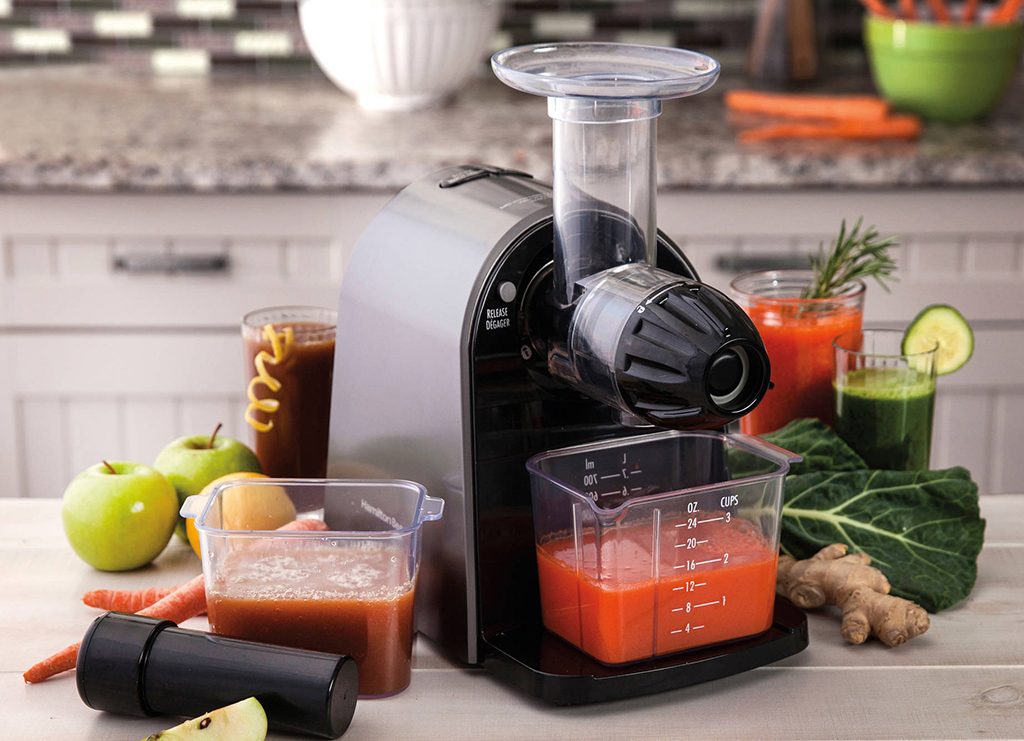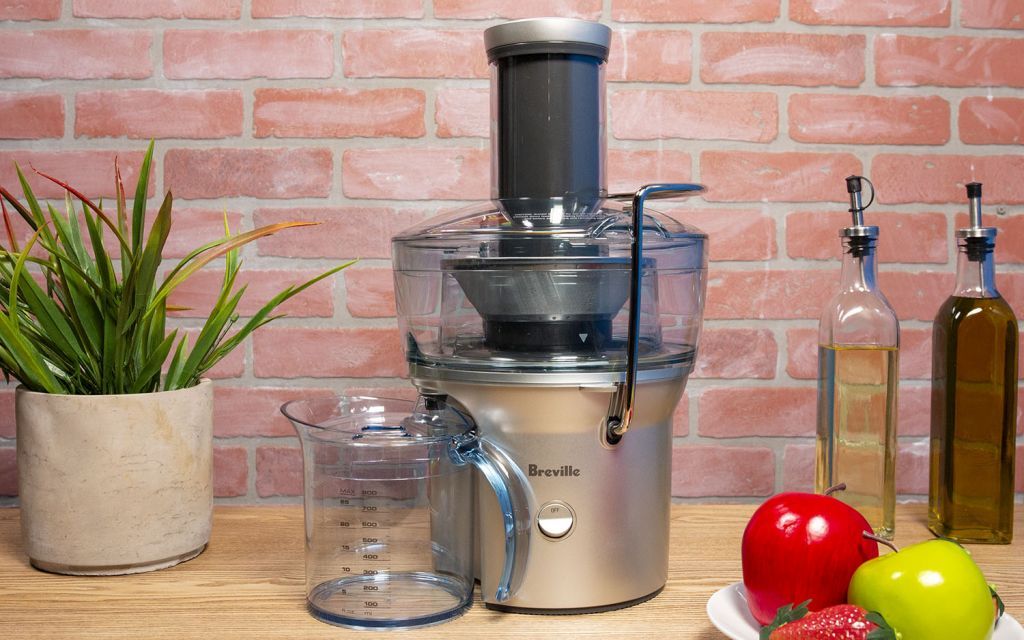When it comes to juicers, there are two most popular types according to many juicer fans – namely masticating juicers and centrifugal juicers. However, if you are looking to buy a new juicer, how can you be sure which product will best suit your needs?
This article looks at both masticating and centrifugal juicers, highlighting the differences between the two. Whether you’re looking for a commercial juicer or one for home use, we hope to give you the most detailed overview possible, to help you choose the best type according to your individual preferences
A masticating juicer – also known as a slow juicer or a cold press juicer – basically crushes and presses fruits and vegetables to give you a healthy glass of juice.
It does this by utilizing a slowly rotating gear, which kneads and grinds the food placed into it to a pulp. Masticating juicers can come in the form of a horizontal, vertical or even a twin gear juicer.

A centrifugal juicer works by grinding fruit and vegetables down into a pulp, using a high-speed spinning movement, as its spinning blades work on separating the juice from the body of the food.
Once this is done, the centrifugal juicer will then have two containers ready to separate the pulp and the juice into different compartments – the latter is ready for drinking, whereas the former can be easily cleaned out and discarded.
While both a masticating juicer and a centrifugal juicer ultimately work towards one common goal – that is, to provide you with a glass of juice from the fruits or vegetables that you choose – they both have several advantages and disadvantages that must be weighed up carefully before purchase.
These are some of the differences customers find with each juicer.
Masticating juicers:
Centrifugal juicers:
Ultimately, which type of juicer out of the two that you choose is going to come down to personal preferences. With both types having their own advantages and disadvantages, you may be better placed to decide which is the right type of juicer for you once you’ve tasted the juice that each one produces. Your budget will also likely play a role in the decision-making process, as the majority of masticating juicers are pricier than centrifugal ones. Whichever one you choose, one thing’s for sure – your body will definitely thank you for the daily dose of vitamins that your juicer will provide!





